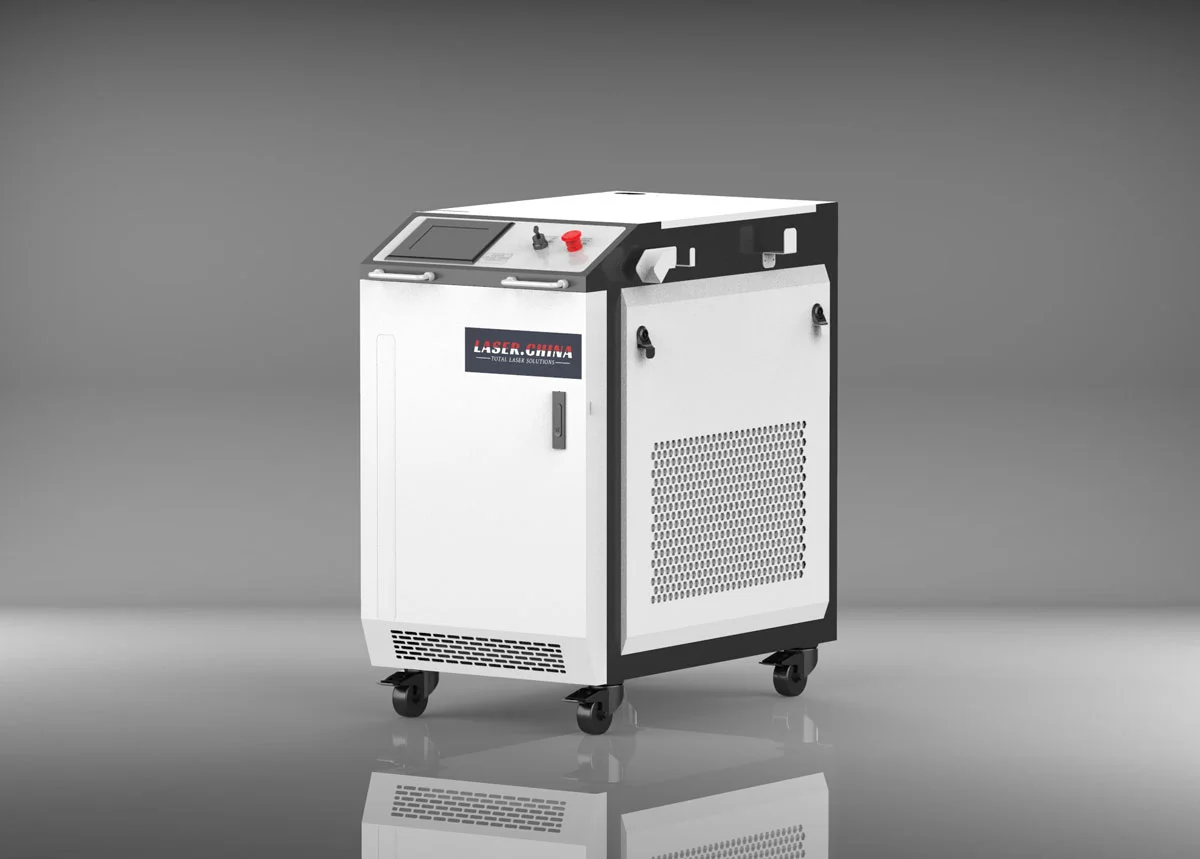laser cleaning machine have emerged as a cutting-edge technology for restoring surfaces efficiently and environmentally friendly. Unlike traditional methods involving chemicals, abrasives, or manual labor, laser cleaning offers a non-contact, precise, and safe solution for removing contaminants, rust, coatings, and oxides from various materials. This guide explores the workings of laser cleaning machine, their applications, benefits, and considerations for optimal use.
Understanding Laser Cleaning: Laser cleaning utilizes high-intensity laser beams to remove unwanted substances from surfaces. The process involves the application of laser energy, which vaporizes or ablates the contaminants without damaging the underlying substrate. The laser beam's intensity, duration, and wavelength are carefully controlled to achieve the desired cleaning effect while minimizing any impact on the material being cleaned.
Key Components of laser cleaning machine:
- Laser Source: The heart of the machine, generating the high-energy laser beam.
- Optics System: Directs and focuses the laser beam onto the target surface.
- Control System: Manages parameters such as laser power, pulse duration, and scanning speed.
- Exhaust System: Collects and removes debris and vaporized particles generated during cleaning.
- Safety Features: Including interlocks, enclosures, and emission monitoring to ensure operator safety.
Applications of Laser Cleaning:
- Industrial Maintenance: Removing rust, paint, and coatings from machinery, tools, and equipment.
- Cultural Heritage Conservation: Restoring delicate artifacts, sculptures, and historical monuments without causing damage.
- Aerospace and Automotive: Preparing surfaces for bonding, welding, or painting in precision engineering applications.
- Electronics Manufacturing: Cleaning PCBs, removing solder residues, and ensuring optimal surface quality.
- Medical Device Production: Eliminating contaminants from surgical instruments and medical implants.
Benefits of Laser Cleaning:
- Non-destructive: Preserves the integrity of delicate materials and substrates.
- Environmentally Friendly: Eliminates the need for harsh chemicals and reduces waste generation.
- Precision: Allows selective cleaning without affecting surrounding areas.
- Efficiency: Rapid cleaning speeds and minimal downtime compared to traditional methods.
- Versatility: Suitable for a wide range of materials and surface types.
Considerations for Optimal Use:
- Material Compatibility: Ensure the laser parameters are suitable for the material being cleaned.
- Safety Precautions: Provide adequate training and protective equipment for operators.
- Maintenance: Regularly inspect and maintain components to ensure optimal performance.
- Cost Analysis: Evaluate the investment versus savings in labor, materials, and environmental impact.
- Regulatory Compliance: Adhere to relevant safety standards and regulations governing laser usage.
Conclusion: laser cleaning machine represent a transformative solution for surface restoration across various industries. By understanding their principles, applications, and considerations, businesses can harness this technology to achieve superior cleaning results while minimizing environmental impact and maximizing efficiency.


No comments yet